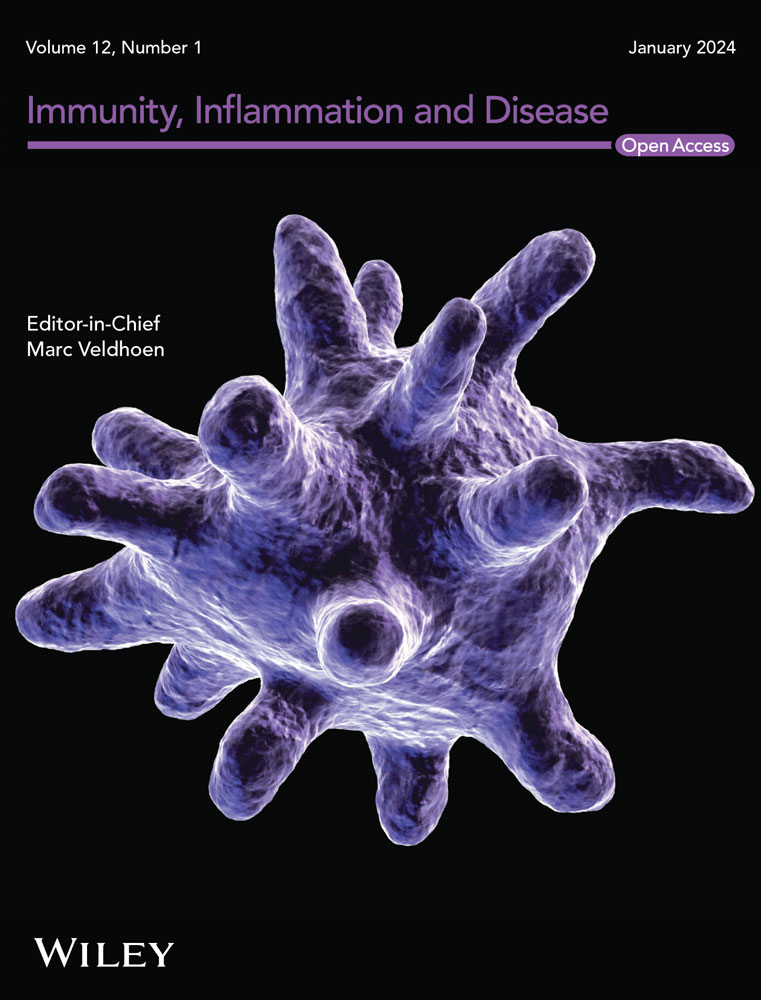The Etiopathogenesis of Kawasaki Disease: Evolving Understanding of Diverse Triggers
Abstract
Background
Kawasaki disease (KD) is a leading cause of acquired heart disease in children. Evidence suggests that microbial and nonmicrobial triggers for KD differ across geographical regions and environmental conditions. Although the precise triggers remain unidentified, KD is likely caused by microbial or environmental agents acting on genetically predisposed children.
Recent Findings
Insights into KD pathogenesis have also been derived from three well-established murine models, which highlight diverse vasculitis-inducing pathways. The diversity of microbial triggers supports the hypothesis that KD arises from immune-mediated responses rather than direct infection. Pathogen-associated molecular patterns (PAMPs), microbe-associated molecular patterns (MAMPs) and inflammatory cell death-linked damage-associated molecular patterns (DAMPs) play critical roles in KD pathogenesis. Furthermore, genetic polymorphisms associated with KD, such as ITPKC, CASP3, and FCGR2A, contribute to immune activation by promoting inflammasome activation, pyroptosis and antibody-dependent enhancement (ADE), thereby intensifying inflammation. Oxidative and nitrative stress further amplify inflammatory responses, with their interplay potentially driving KD onset. The relatively low recurrence rate of KD, despite its diverse triggers, may partly be explained by the presence of anti-DAMP antibodies. Historically, reduced exposure to infections and improved sanitation may have led to lower levels of anti-DAMP antibodies, potentially contributing to the increased incidence of KD observed over time.
Conclusion
Continued research into microbial and immune mechanisms is crucial to advance our understanding of KD pathogenesis.


 求助内容:
求助内容: 应助结果提醒方式:
应助结果提醒方式:


